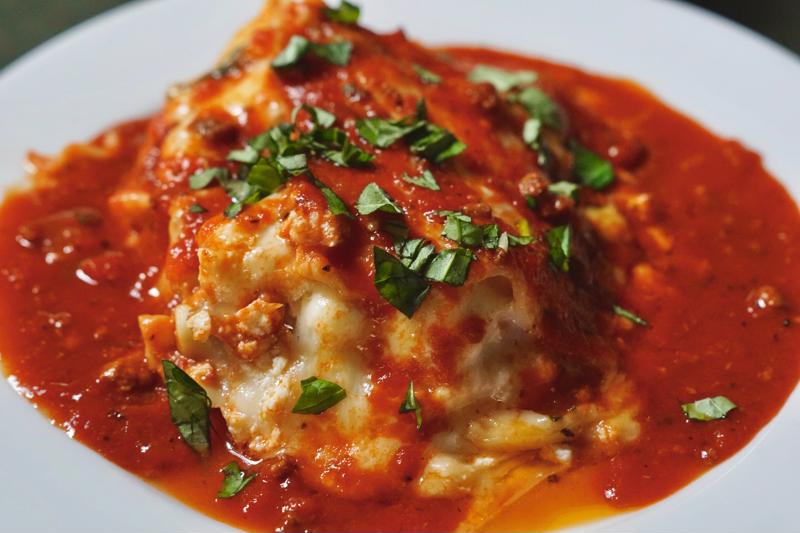Italian food, both authentic recipes developed in Italy and the many dishes that have come from the expatriate community in the U.S. and their generations of descendants, is a true crowd-pleaser. Pasta, seafood, meats, salads and so much more appeal to a wide variety of diners. Lasagna is an especially popular dish from this pantheon of foods, one that is filling, flavorful and flexible enough to be adapted into a number of different approaches. Austin culinary students can learn more about the history of this dish and a variety of different ways to prepare it by reading on.

What is lasagna?
Lasagna is a broad, flat sheet of pasta. It's most frequently layered with other ingredients, commonly but not exclusively a mixture of sauce, vegetables and some type of protein, and baked. Noodle variations include traditional types that are boiled then baked to finish cooking, and convenience variations that simply need to be put in the oven to cook. As the Daily Meal pointed out, it's especially important to liberally sauce the no-boil variation of lasagna to avoid a too-dry dish. It's also a point of emphasis for the traditional variety, although these noodles are somewhat more forgiving.
Lasagna is filling, relatively easy to assemble and make, highly adaptable and keeps well, making it an intriguing choice for restaurant chefs creating menus and home cooks alike. Let's look at some variations of this dish, from the most classic versions emphasizing red sauce and meat to a number of other interpretations.
A reliable, delicious lasagna recipe
Bon Appétit offered a thoroughly tested recipe for a classic lasagna with a red ragu, with a particular emphasis about getting the best flavor possible out of the meat and the sauce. By making meatballs, cooking them and then breaking them down for use in the ragu, you can achieve a greater depth of flavor and an improved final product.
The bechamel sauce adds a rich, creamy flavor that can help balance and blend the other tastes involved. Finally, the use of traditional lasagna noodles – you'll have to boil, then bake – helps the dish stay saucy and moist, as the no-boil variation can easily soak up too much of the sauce and lead to a less-exciting meal. Especially important for preparation in restaurant kitchens is the ability to cook the sauce and assemble the dish ahead of time, then store it frozen for up to a month before thawing overnight then baking as usual.
Mixing new flavors with a classic form
This spinach and artichoke lasagna, developed by Escoffier online culinary school student Michelle Blaine, brings the classic savory dip together with the familiar presentation of lasagna. The four cheeses included help create a rich, layered flavor and, along with a handmade white sauce, keep the dish moist and delectable. The sun-dried tomatoes and artichoke hearts add a nice counterpoint to the other ingredients and help seal the deal in terms of the unique flavor of this dish.
A state fair approach to lasagna
Lasagna can be made in many forms, but this novel recipe from Paula Deen offers an approach that's reminiscent of both state fairs and their many deep-fried delicacies and classic Italian recipes. The deep-fried lasagna draws on Deen's own recipe and then coats it with a mixture of flour, eggs and breadcrumbs before frying in peanut oil. You can use a variety of other lasagna recipes before deep frying, just be prepared to experiment with the details until you get the process nailed down.

